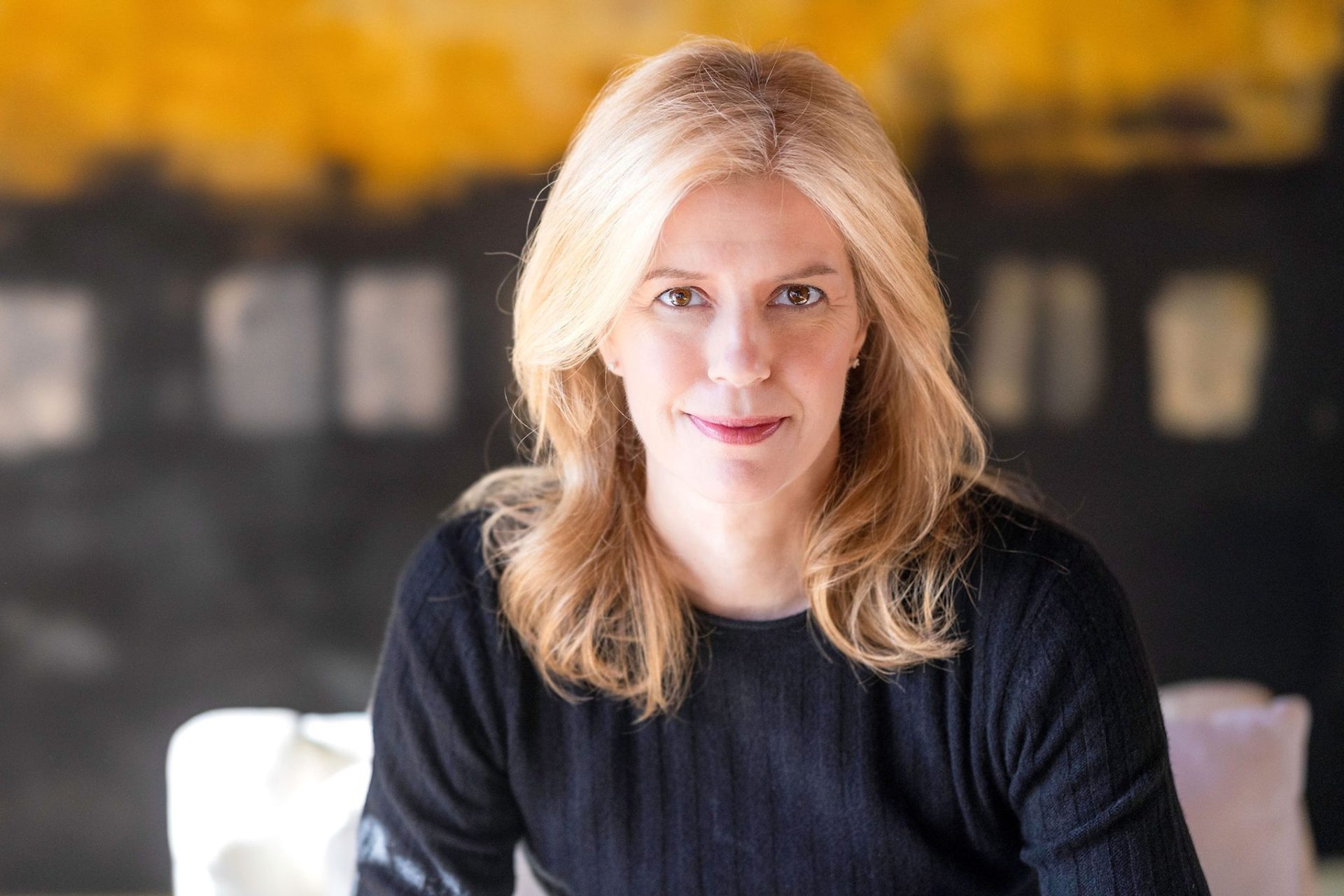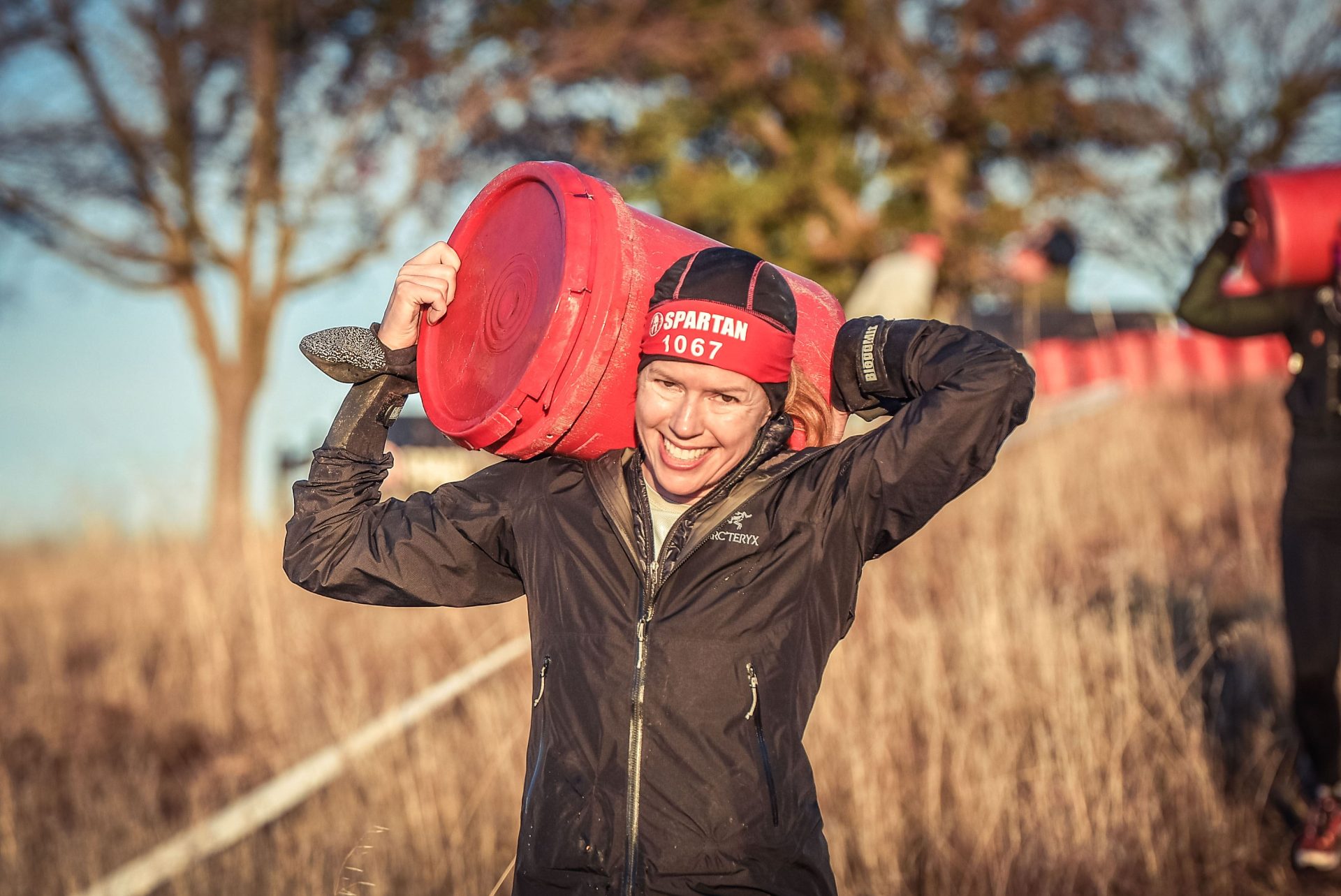
Delivering quality information through the combination of technology and human conscience
How did you get into journalism?
In some ways, I have ink in my veins. I have great uncles who were all in journalism, so it’s probably a little bit hereditary. I went to college at The University of North Carolina at Chapel Hill to study journalism, so I’m a Tar Heel. I left after I graduated at twenty-one and went to work at the Wall Street Journal in Pittsburgh, Pennsylvania. I worked for twenty years there as a reporter, editor and video producer/host, moving to New York in 1996 to cover the fashion and retail industry. I then transitioned into the digital space, hosting and producing video news and lifestyle shows. I’ve lived in the New York area ever since and have been an on-air contributor to TV networks, including ABC News and CNBC.
In what ways do you think the industry has changed since you started in the early 90s?
When I started back in 1993, the Internet wasn’t what it is today. Print was the main way we distributed information. Even so, the Wall Street Journal was one of the first places to actually build out an online presence when digital took off, and it was very smart to charge early on for it. So, I’ve seen the evolution from print to digital to video to social at a place that was embracing these changes rather than pushing back against digital.
While I consider myself a writer and my favorite medium is the written word, I respect all the mediums. That’s probably why I’ve always felt very positive about the changes that are coming, knowing they will bring opportunities to tell stories in different ways.
You worked for two decades at the Wall Street Journal and then almost another at Consumer Reports, where you became the vice president and chief content officer before you came to SmartNews. What prompted you to move to a tech company?
Rich Jaroslovsky, who now works as an advisor at SmartNews, approached me about an opportunity here. We knew of each other from the Wall Street Journal, where he had also worked. He’d been quietly talking about bringing someone on board for my role, and some people suggested he contact me. When I started to read about the mission and go through the interview process, I was drawn to the company culture and the founders’ vision.
More than anything, though, I started to feel that information was becoming so ubiquitous online that we needed technology to help people sift through what was out there to find the high-quality information they needed. I didn’t think a traditional media company would be able to solve this problem, so I moved to SmartNews.
How was the transition from working in media to working in tech?
I loved it. I came here because I wanted to learn and share my experience from the content perspective in a place with the tools and resources to solve the existential problem we have with information and technology. Going from a place where content is at the epicenter of everything to a place where tech is at the epicenter was like getting a crash-course MBA in engineering and product. Everyone has been so incredible about teaching me things I didn’t know about the industry. And then, generative AI took off. I’m really happy to be at this company during one of the most transformative moments in the industry that we will see in our lifetimes.
So, what is your current role at SmartNews, and what are some of your day-to-day responsibilities?
I’m the vice president of content & US media partnerships, and I oversee three teams.
The first is the content team, which is made up of journalists who work hand in hand with the product and engineering teams to ensure that, for example, the app has quality information and that we are sending meaningful, accurate push notifications of breaking news to people. In many ways, this team is like the human conscience of the SmartNews app.
I also oversee the U.S. media partnerships division. This is the business development division where we strike deals with the publishers whose content is on our app. They’re responsible for bringing in all the information you see on our app.
The third team is the media solutions and operations team, which essentially ensures that everything on the backend, including our feeds, is working properly.
What is challenging about your role?
I think it’s the same challenge we all face at Smartnews: how do we ensure that users get the information they want and need? We’re constantly working with the product team to see how we can teach the algorithm to make the user experience even better. Technology is changing so fast that keeping up with it is also challenging.
At SmartNews, we talk a lot about the importance of publishing quality information, but how do we actually do that? How do we account for our own inherent biases?
To start, we have to acknowledge that anything involving humans is subjective. What journalists choose to write articles about every day is subjective—from the sources they choose to quote to how the information is ordered. Algorithms and LLMs are learning from humans? They might not have “bias” in a given moment, but they’ve been trained using information humans created.
So, we have to be careful and look for bias the same way journalists do when they write a story. We have to keep looking at the models we’re building and interrogating them for unwanted subjectivity. What I like about SmartNews is that it’s machine learning plus human conscience, and I think somewhere within that, you’re going to get as close as you can get to providing content with the least amount of bias possible.
Why would you recommend SmartNews as a great place to work at this particular moment in time?
We’re big enough to have good resources but small enough to move fast and do new, exciting things around AI and quality information. Not many places can check all those boxes, especially in the US, and I think this presents a unique opportunity for people whether you’re working in engineering, product, or content. I think that as we launch the new products we’re working on into the marketplace, we’re going to start to see the fruits of that.
Another important point is that almost everyone you meet here has come for the mission. Of course, everyone cares about their paycheck, title, and career growth, but I think that most people come to SmartNews because of the connection they feel with the mission. Nothing in life is ever perfect, workplaces included, but being around a lot of like-minded people who really believe in the value of what they’re doing is another reason to come here.

Before we finish, I want to talk about your recently published book, Not Too Late, in which you take us through your journey of becoming a world championship competitor in obstacle course racing. How did you get into this?
I was never an athlete before. Growing up, I was a skinny, scrawny kid who was always picked last for any sports team. One night, I was at a dinner party, and I overheard an older man ask a young girl at the party what she wanted to be when she grew up. She just started spouting off all these amazing things, and as I listened to her, it just hit me that nobody was ever going to ask me, a woman in her forties, what I wanted to be anymore. I had even stopped asking myself. But I realized that one of the things I had always wanted to be was a competitive athlete. One thing led to another, and a Google search the next morning led me to Spartan Race and obstacle course racing. I had no idea what any of it was, and it sounded insane the more I researched it. Then I thought, this is what I have to do. I talk about my experiences more extensively in the book but I also interview a lot of scientists, doctors, and other experts about how anyone can tackle something new and challenging at any point in life. It’s been quite a journey.


